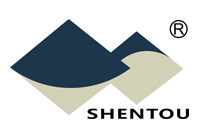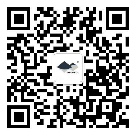Vol. 2, No. 7, July 2018

① QUALITY CHALLENGES & SOLUTIONS WITH YOUR SUPPLIERS IN CHINA
Potential quality risks with production of casting products (VI)
Control of casting temperatures
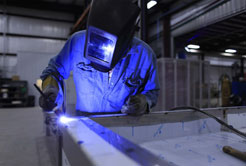 The temperatures of molten iron before transfer and that at pouring are controlled differently depending on the practices of different foundries and for different products, it is hard to have a unified temperature standard. The temperatures are related to the casting shape, size and pouring time. Factories would determine the molten iron temperature and that at pouring for specific products at the time of process design and validation. The parameters and standards for process control of each product is entered into the control plan to guide the testing, monitoring and management of the temperature and duration in onsite production.
The temperatures of molten iron before transfer and that at pouring are controlled differently depending on the practices of different foundries and for different products, it is hard to have a unified temperature standard. The temperatures are related to the casting shape, size and pouring time. Factories would determine the molten iron temperature and that at pouring for specific products at the time of process design and validation. The parameters and standards for process control of each product is entered into the control plan to guide the testing, monitoring and management of the temperature and duration in onsite production.
For nodular cast iron, it is usually no more than 8 minutes from nodulizing to the end of pouring, with 50 to 80 seconds for nodulizing. Longer pour time may lead to nodulizing decaying which makes graphite grade below technical standards and therefore results in casting scraps. With stream inoculation, the inoculant flow rate should be kept at constant speed, without segment or large flow. Excessive inoculation may result in microporosity or decreased pearlite volume.
As a non-technical buyer of casting parts, it is important to watch for the following when inspecting or auditing a supplier’s foundry site: the temperatures of molten iron before transfer, pre-pouring, and when pouring the last mold, as well as the total time from the beginning to the end of the pour. We should understand whether the site operators are taking the temperature measuring on site, the pour duration is effectively monitored, the testing and monitoring results meet the requirement of the parameters and targets in the control plans or the operation instructions, records are kept and the recordings match the measurements. It is necessary to spot-check records of temperature and duration for the first 3 to 5 melting to validate that the process control capability of batch production meets the requirement of planning.
By Felix SS YUAN
② CRITICAL FAILURE MODES / QUALITY CONTROL POINTS IN FOCUS
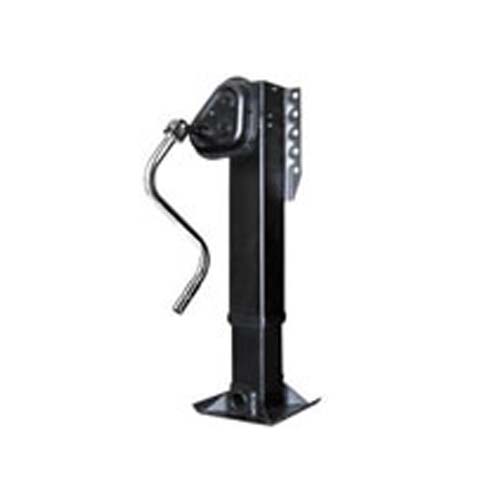
Landing Gear
Landing gears are divided into two categories: mechanical and hydraulic. Mechanical landing gears are the most popular ones in the market, and their main function is to support the overall weight of the trailer and maintain the balance of the vehicle body when stopped.
Attention should be paid to their use and routine maintenance to reduce safety issues caused by improper usage. Damage to landing gears and the shortening of service life may be caused by static overload or lifting, parking on uneven ground, inclined parking, insufficient lifting in driving and improper fender installation.
Primary failure modes:
1. Broken landing gear;
2. Serious corrosion;
3. Lifting inefficiency caused by gear corrosion;
4. Broken gear caused by improper use;
5. Legs deformed by overload on uneven ground;
6. Legs accidentally falling off;
7. Loose screws caused by wear and tear, resulting in leg deformation due to uneven forces.
Key quality control of the production process:
1. Raw material inspection;
2. Welding process control and inspection to avoid welding defects such as false welding;
3. Assembly process control and inspection to improve product reliability;
4. Use suitable lubrications for the corresponding market climate.
Finished goods inspection:
1. The overall size & installation dimensions in line with product requirement;
2. Surfaces are flat, with no rust, peeling paint or foaming;
3. Smooth lift when operating the rocker arm;
4. Smooth switch between high and speed;
5. Linkage device moves in synchronization.
By Carlos WJ LIN
③ KEY CONCEPTS & PRACTICES IN SUPPLIER QUALITY MANAGEMENT
Automotive Aftermarket QMS Standard (VIII)
The Automotive Aftermarket QMS Standard proposed by the Alliance of Automotive Aftermarket Quality Assurance (AAAQA) enables aftermarket suppliers to examine and monitor their quality assurance capability with:
 · Trend analyses inside the organizations to track assessment data of the same key quality elements across multiple assessments, for example:
· Trend analyses inside the organizations to track assessment data of the same key quality elements across multiple assessments, for example:
· Cross-organization analyses of the assessment data to compare the same key quality elements at different organizations, for example:
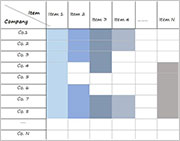 International aftermarket buyers, when developing their supply chain in China, can also search for suppliers with specific quality performance criteria and focus on targeted suppliers with the highest matching quality assurance capabilities, thereby reducing the supplier development costs and quality risks. For example:
International aftermarket buyers, when developing their supply chain in China, can also search for suppliers with specific quality performance criteria and focus on targeted suppliers with the highest matching quality assurance capabilities, thereby reducing the supplier development costs and quality risks. For example:
For more detailed information on the aftermarket QMS standard and the general project, please visit www.AAAQA.org.
④ CHINA INDUSTRY & MARKET UPDATE
Cost of raw materials:
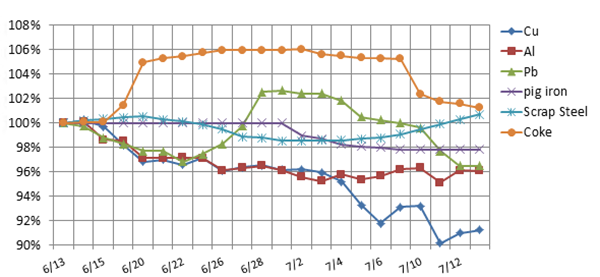
Exchange rates:
![]() USD/RMB: 1:6.60
USD/RMB: 1:6.60
![]() EUR/RMB: 1:7.68
EUR/RMB: 1:7.68
![]() RUB/RMB: 1:0.11
RUB/RMB: 1:0.11
July 2018
The above information is for reference only
⑤ IT HELPS TO KNOW...

“China International Tire Expo 2018” (CITEXPO 2018) will be held at Shanghai World Expo Exhibition & Convention Center from August 20 to 22, 2018.
The exhibit profile of CITEXPO covers from the material and machinery of producing a tire to the variant types of tire products and aftermarket services and equipment. It also covers the tire related products such as tire accessories, wheel, rims, retreading material and machinery. The abundant product series make CITEXPO one of the most successful trade shows in the worldwide industrial chain of tires and wheels and it also provides the best market place for the global buyers and supplier to meet.
The official website of the fair is: http://www.citexpo.com.cn/
SHENTOU SUPPLY CHAIN MANAGEMENT CO. LTD. is a Shenzhen, China, based company serving international automotive clients in the implementation of their China strategies and programs. CHINA AUTOMOTIVE SUPPLIER QUALITY MANAGEMENT BRIEFING is a bi-monthly newsletter published by Shentou to address the specific and unique quality challenges and concerns international automotive companies face with suppliers in China. Comments are welcome at qms@shentou.com. Click here to subscribe.
